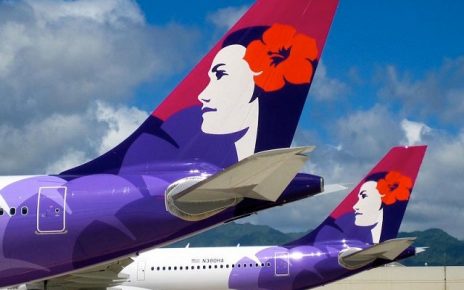Spain recorded its worst two-month period for tourism. In February, the country only recorded 284,311 international arrivals, which represents a 93% drop compared to February 2020, just a month before the pandemic was made official. At that time, tourism in Spain had welcomed 4.4 million tourists.
More than 4 million visitors have been lost, which account for more than 4 billion euros according to data published by the National Statistics Institute (INE). The INE says that the few tourists who visited the country spent only 322 million euros compared to the 4,714 million in February last year. The average expenditure per tourist was 1,133 euros during February 2021, with an annual increase of 4.7%, while average daily expenditure fell 22%, down to 118 euros.
In January and February of this year, Spain welcomed more than 718,000 tourists, 91.6% less than in the first two months of 2020. Back then, more than 8.6 million international arrivals were registered.
Despite the current restrictions, the trend should now be positive compared to the months that followed the announcement of the pandemic. In March, the COVID-19 pandemic put Spain into a nationwide lockdown. Quarantines began and travel was stopped altogether, but the latest data suggests this summer will be a more positive one.
The Canary Islands and French Tourists
France was the main tourist market for tourism in Spain, with 74,797 visitors (26.3%) and a decrease of 87.4% compared to February 2020. Germany and Portugal were next, with 36,856 visitors (93.1% less in the annual rate) and 19,880 visitors (89.1% less), respectively.
Meanwhile, the Canary Islands were the preferred destination in February, registering 26.1% of the total visitors, followed by Catalonia (19.0%) and the Community of Madrid (11.1%).
74,280 tourists arrived in the Canary Islands, which is 93.7% less than in February 2020. The main tourist markets here are Germany (24.4%) and the rest of Europe (33.0% of the total).
In the rest of the communities, international arrivals fell by 92.9% in the Balearic Islands, 94.7% in the Valencian Community, and 95.4% in Andalusia.
Almost Empty Hotels
In February, the number of tourists who stayed in accommodation facilities decreased by 94% in the annual rate, with hotel rooms falling 93.6% and rental housing 97.2%. Meanwhile, non-market accommodations fell 92%. Tourists staying with relatives or friends fell by 92.7%, and those staying in homeownership by 91.5%.
Plans for the Summer
The industry generally gets ready for the summer season, when the tourist numbers are expected to improve. Exceltur, the Spanish Tourism Association, hopes that the clouds will lift from June onwards. To attract customers, aware that travel will be organized at the last moment, the tourism sector wants to increase the flexibility of cancellations or changes of dates when booking vacations.
Tourism companies are pinning their hopes on the vaccination campaign. According to the government’s plan, the famous threshold of collective immunity should be reached at the end of August with 70% of the population vaccinated. The closer the nation gets to this figure, the more neighboring countries will be inclined to lift travel restrictions for their citizens, the tourism sector hopes.
The lifting of PCR tests at the borders would allow the return of weekend getaways or short stays. Maintaining the PCR at the French-Spanish border this summer would be a blow to tourism in Spain.





